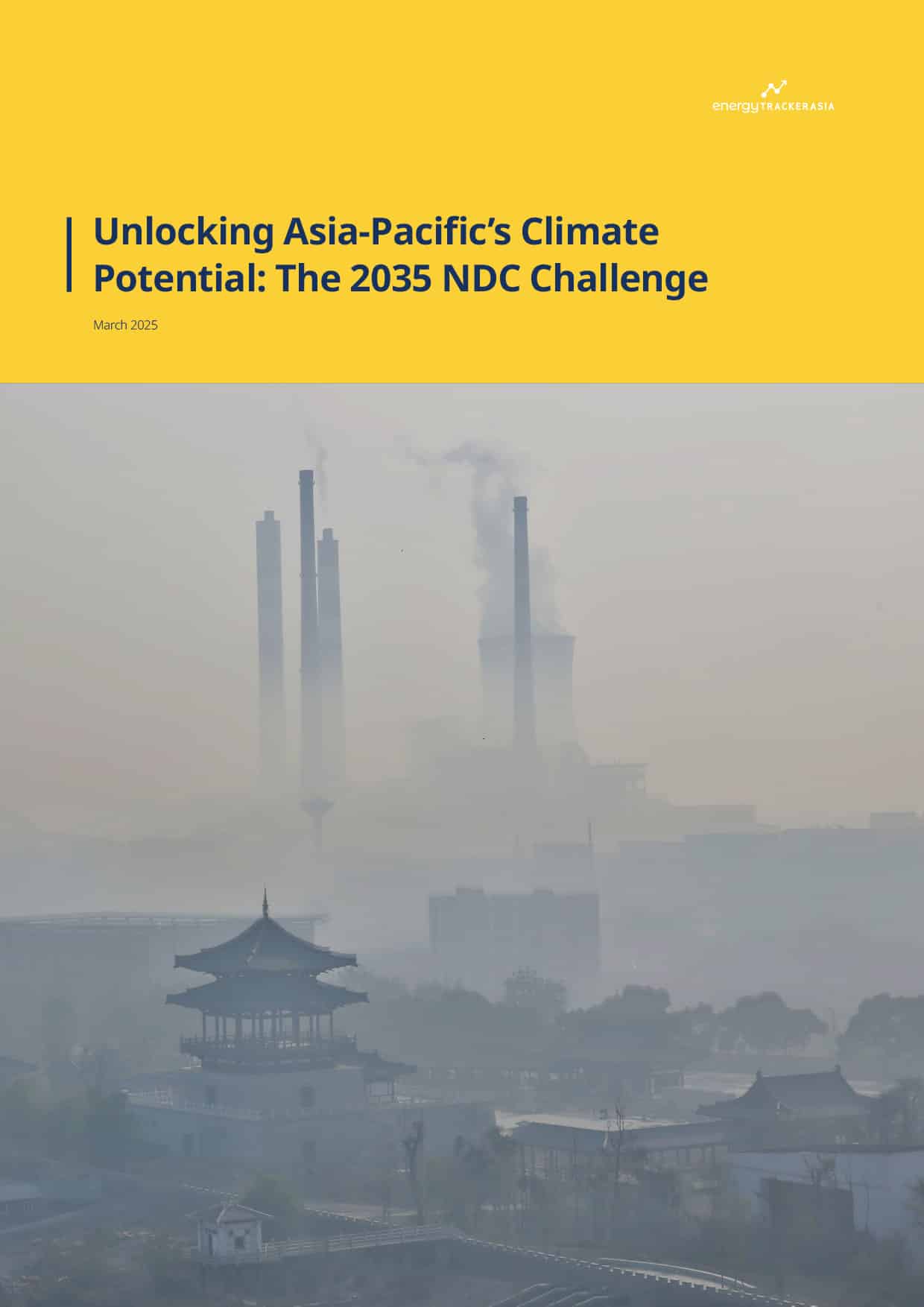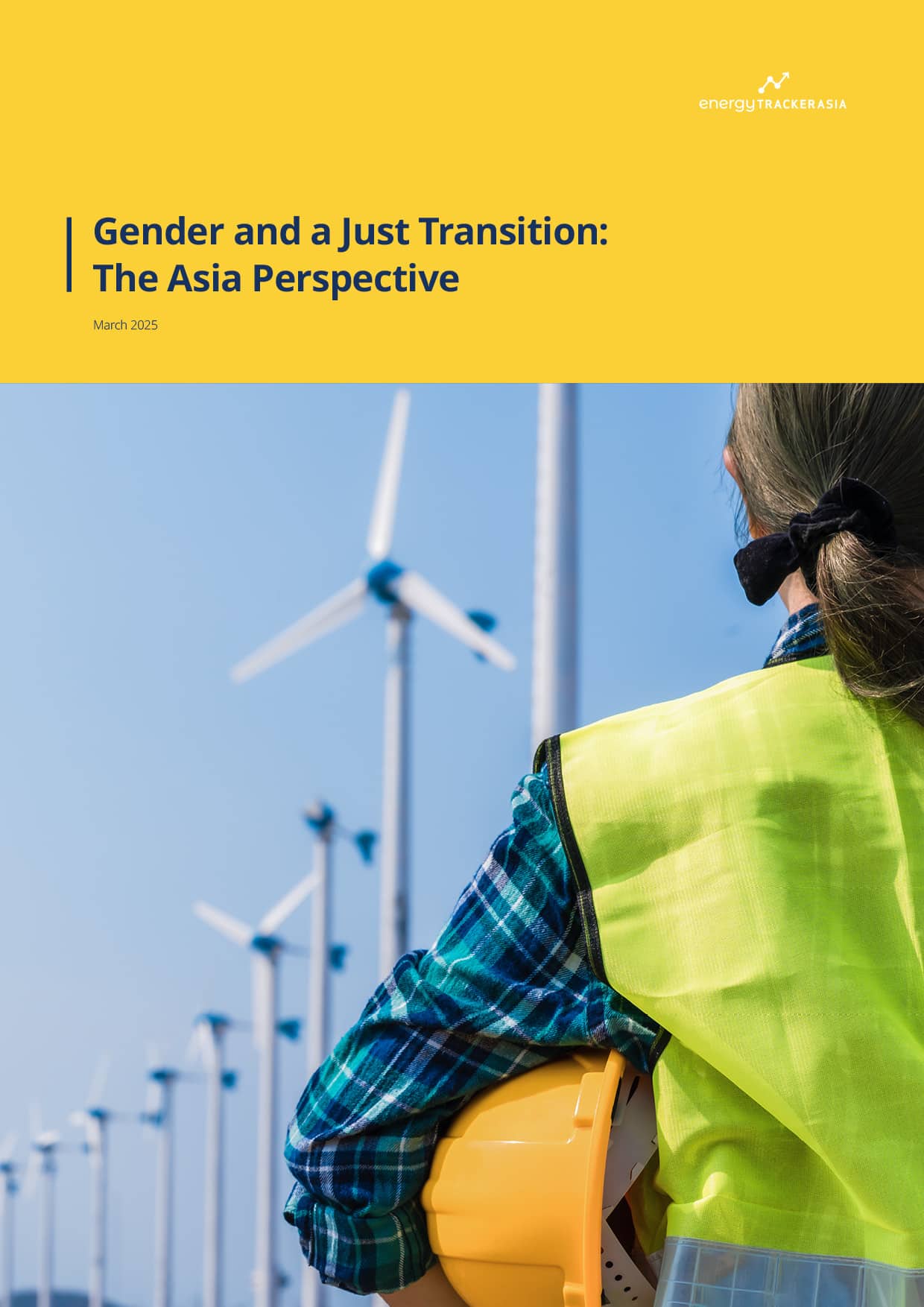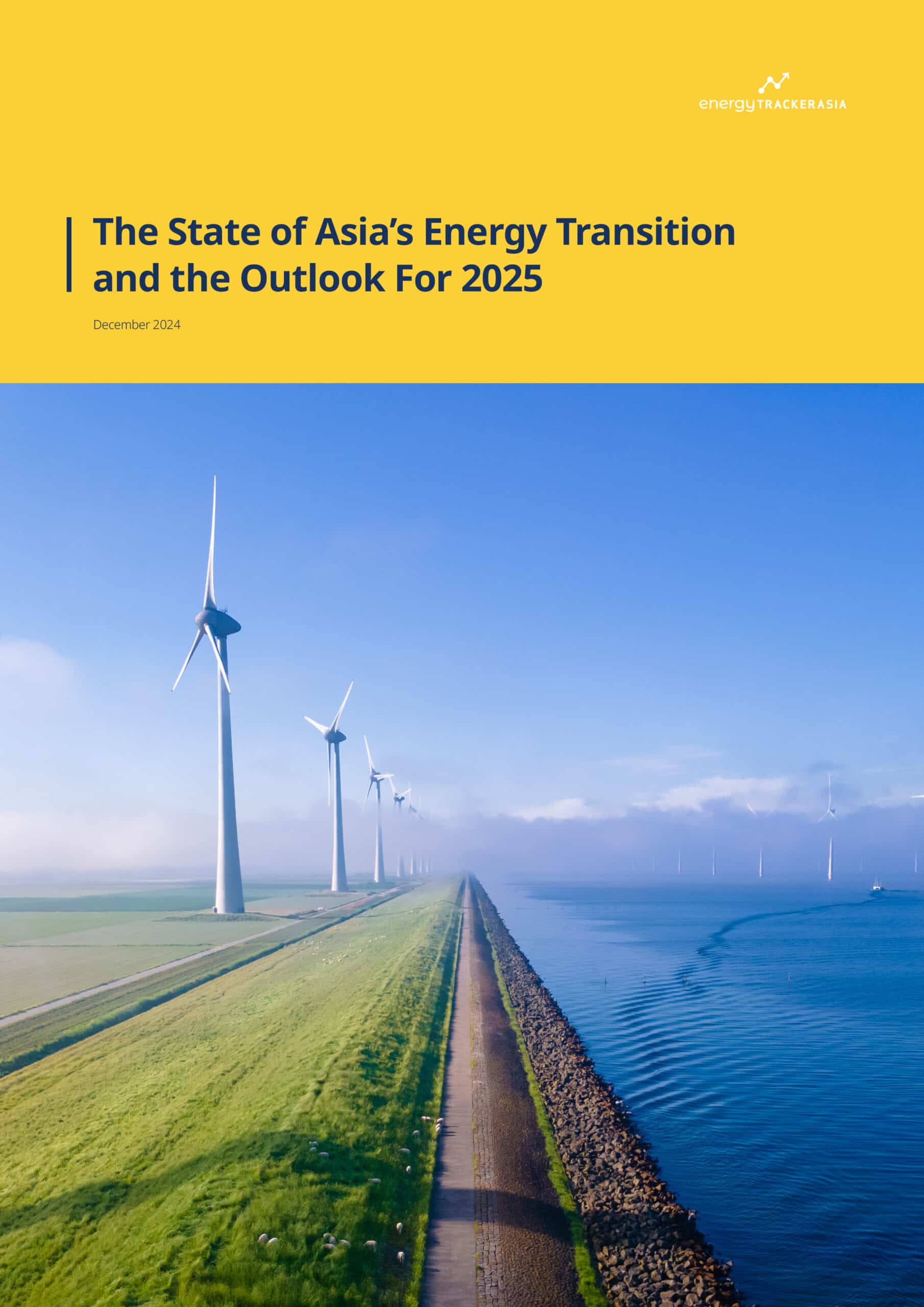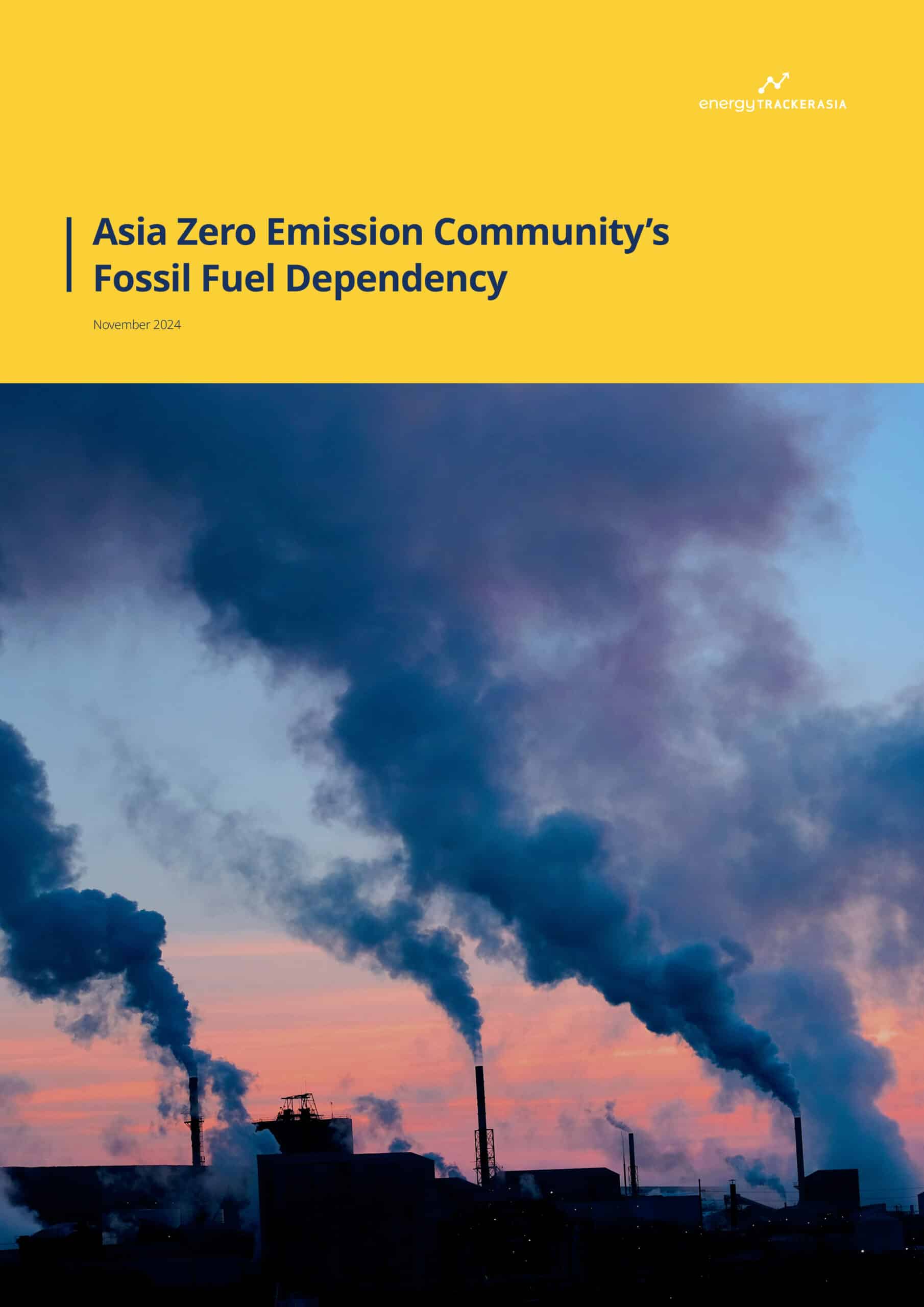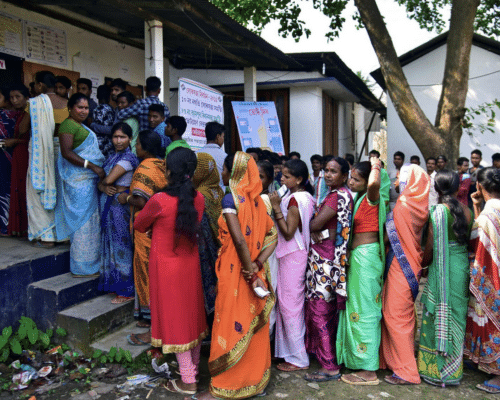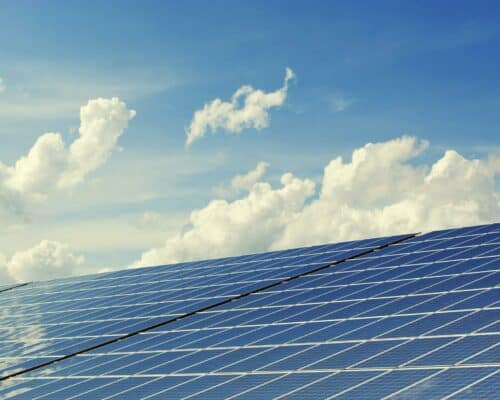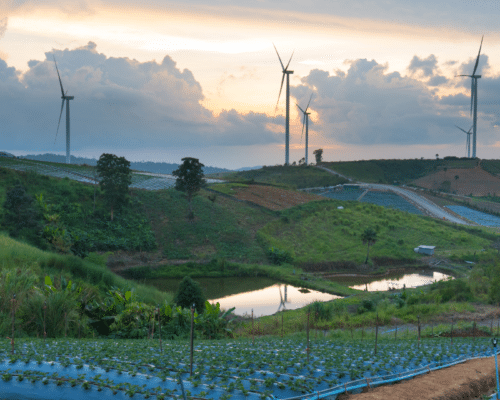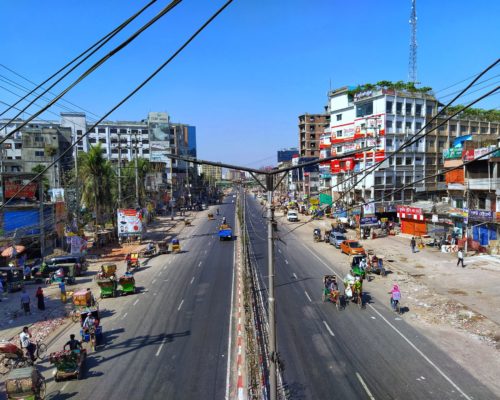Indonesia’s RUPTL 2025-2034: New Electricity Supply Plan Misses the Mark
Photo of solar panels in Indonesia by Selamat Made via Flicrk
07 July 2025 – by Nithin Coca
Earlier this month, Indonesia released its new electricity supply plan, the Rencana Umum Perencanaan Tenaga Listrik (RUPTL). Unfortunately, for Indonesians looking for alternatives to coal and fossil gas dependence, the plan is a disappointing step back from previous commitments, including both the last electricity plan and the Just Energy Transition Partnership (JETP) plan released in 2023.
“The significant share of fossil fuels, especially gas, in the early years raises concerns about whether the country can shift to clean energy quickly enough to meet global decarbonisation commitments,” said Mutya Yustika, an energy finance specialist at the nonprofit think tank IEEFA.
It calls for not a reduction, but an increase in oil and gas power generation — 16.6 GW of new, unneeded fossil fuel generation, and lowers the modest renewable energy targets even further. It also has no mention of a coal phaseout, despite it being in the JETP plan. The plan will strongly benefit fossil fuel companies, but harm not only climate, but those living in coal mining regions, who are facing years of more of water pollution and other environmental harm. In fact, many believe that fossil fuel companies played a key role in the plan, as many have close ties to new President Prabowo Subianto.
It Will Damage Indonesian Economy
“Prabowo’s push for ‘energy independence’ through expanded oil and gas drilling not only threatens to undermine global climate goals — it also chains Southeast Asia’s largest economy to a destructive energy source the world has committed to leave behind,” said Sisilia Nurmala Dewi with 350.org Indonesia.
Additional Capacity of Coal and Gas-fired Power Will be Added in the Energy Mix
The new electricity supply plan actually calls for a more than 40% increase in power generation capacity from coal and fossil gas between now and 2034. That would not only lock in decades of dangerous greenhouse gas emissions but also make meeting 2050 net-zero and Paris Agreement climate targets nearly impossible.
“We are now burning more fossil fuels than ever, with coal emissions growing faster than any other country,” said Sisilia.
It wasn’t too long ago that Indonesia looked like it was shifting away from depending on coal and gas to renewable energy sources. The JETP was announced in November 2022 and promised to accelerate both the coal phaseout and the expansion of renewables. But the withdrawal of the United States earlier this year was a setback, and despite Japan and Germany pledging to take the place of the US, the old, fossil fuel guard seems to have made a comeback.
Lack of Ambition for Clean Energy and Love for Fossil Fuel

The problem with the RUPTL is not only its insistence that fossil fuels can provide more electricity in the future — it’s that it severely underestimates the role that renewables like wind, solar and geothermal can play.
“We possess both the resources and ingenuity to build a thriving economy powered by clean, people-centered renewable energy,” said Sisilia.
In fact, Indonesia, as a large, archipelago nation, has some of the best renewables resources in the world. Scientific study after study has shown that there’s huge potential for solar, wind and geothermal. What is missing is adequate policy and investments into the grid to transport energy from renewable-rich areas to denser population centres like Java.
“Instead of further locking into gas and coal, Indonesia should prioritise solar and wind energy expansion, which have proven to be rapidly deployable and scalable domestically and globally,” said Mutya.
New Electricity Supply Plan Could Harm Indonesia’s Energy Transition and Economic Growth
There’s another concern. Beyond the large and worrying climate and environmental impacts of depending on fossil fuels — the new electricity supply business plan will harm Indonesia’s economic growth.
Countries across the region, like India, Vietnam and Thailand, are expanding their ability to not only generate clean energy through the expansion of solar and wind. They’re also investing in cleantech industries, which will fuel economic growth and allow them to play a larger role in the future of global energy.
Meanwhile, Indonesia is, instead, investing huge amounts of state support for fossil fuels, which provide few benefits.
“Expensive fossil fuel production is also a drain on public resources. As much as 94% of energy subsidies, amounting to hundreds of trillions of rupiahs each year, are allocated to fossil fuels,” said Sisilia.
Indonesians are the ones who will likely suffer, seeing their taxes flow into the coffers of well-connected coal and gas billionaires. At the same time, the rates they pay for electricity will likely rise. Lack of state support will also deter foreign investment, which may flow toward more ambitious neighbours.
“Global investors and multinational corporations seeking clean energy commitments may be reluctant to invest in Indonesia due to its significant coal and gas allocations,” said Mutya.
A better option would be to redirect those public subsidies towards clean and renewable energies.
“The development of larger renewable energy is a lower risk option because it not only strengthens the reliability of the energy system, but also contributes to the creation of more affordable energy costs for the community,” said Fabby Tumiwa, director of the Indonesia-based nonprofit Institute for Essential Services Reform.
by Nithin Coca
Nithin Coca covers climate, environment, and supply chains across Asia. He has been awarded fellowships from the Solutions Journalism Network, the Pulitzer Center, and the International Center for Journalists. His features have appeared in outlets like the Washington Post, Financial Times, Foreign Policy, The Diplomat, Foreign Affairs and more.
Read more